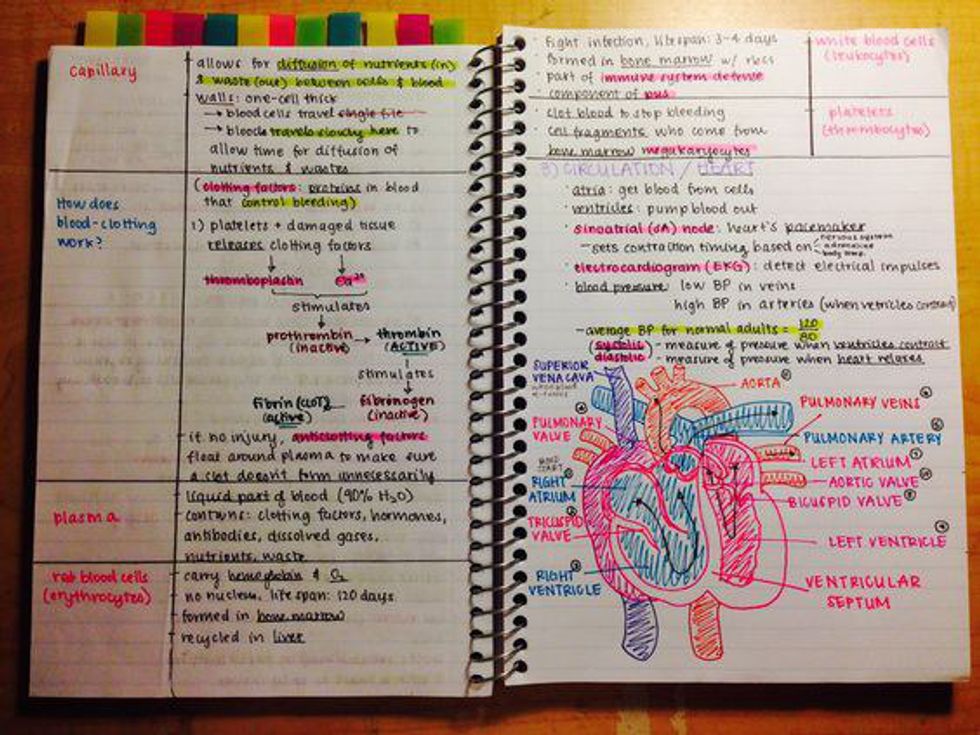Every morning you wake up to the catchy song you set as your alarm on your phone. You roll over and hit snooze a few (okay, like four) times. Then you finally turn off your alarm and hop on your phone. You check Facebook, Instagram, Twitter and Snapchat, then you get on with your day. Throughout the day you probably check these social media sites upwards of 10 times.
On each of these social sites, there is a news element. Snapchat has articles from National Geographic, CNN, The Washington Post, The Economist, The Wall Street Journal and other typically reputable news sites. Instagram, if you follow accounts related to reputable news sources, contains news. Twitter is full of political accounts, reputable journalists tweeting multiple times a day and even has trending issues on its explore page. Facebook is full of articles shared by your friends and family. You see all of this news every day, every time you check one of your many social media accounts.
So why are so many millennials uninformed about what is going on in the world today?
Well, that’s up for discussion. Some say that millennials are more informed because of all of this technology. According to NPR, students struggle to tell fake news from real. With so much information out there, how do we teach young people what indicates a credible source?
I learned a lot about finding credible news sources from being a communication major. The main thing that you need to look for in a news source is accountability. Are they keeping themselves accountable by citing their sources, using credible sources and allowing other institutions to fact check them?
Do not believe everything you hear. Just because someone says the New York Times is "fake news" does not mean that it truly is. It also does not mean that the person who said that is wrong, it means that you need to evaluate it for yourself.

Do not let other people's opinions of news organizations be the end-all be-all. Do your own research, evaluate their articles and sources yourself and then take into account popular opinion.
A source being incorrect initially does not mean that they are wrong, it may just mean they did not have the full story, they had one bad source or that they did not do the best job reporting, initially.
After the recent election, studies show that there is a wider partisan and ideological gap between the generations in our country. This gap is part of why we see all of the Facebook fights and extremely politically charged news sites. Know that you need to step out of your comfort zone and consume news from multiple sources. Read and article on the same topic from Fox, CNN, your local newspaper and watch the same story on TV. Give yourself as many perspectives as possible so that you can try your best to understand each issue from multiple sides.
There is a lot of information put on the internet every day. You can read a story about almost anything imaginable by just opening your iPhone. So prioritize what you want to know.
No one has the perfect formula for detecting fake news or being media literate. Media literacy is something you have to work at but it is worth the work. Read the news, educate yourself and hopefully you will be able to see what news sources are trustworthy.




































